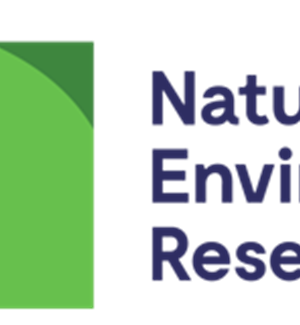- Plymouth Marine Laboratory - United Kingdom
Every year, millions of tonnes of plastic debris is discarded as waste and marine plastic litter is emerging as both a threat to the oceans and a major challenge for society to manage. Once plastic waste has entered the sea, the combined action of winds and tides leads to the fragmentation of larger plastic debris into microscopic particles. These microscopic particles have become so numerous, either floating in the ocean or accumulating in sediments and on shorelines, that they are emerging as a global conservation issue of high concern. We have been studying what happens when microplastics are ingested by marine organisms at the lower end of the marine food web, including zooplankton that swim and feed in surface waters and marine worms that live in sediments at the ocean bottom. In our laboratory studies, ingestion of microplastics alongside food items led to reductions in body mass and reproduction. After the particles had been egested, they sank more slowly in the water column. This is important because the biomass of zooplankton and worms (so-called secondary producers) and the sinking rates of faecal pellets, are extremely important for the cycling of carbon and other nutrients in the oceans, which in turn is central to supporting all marine life. In this proposal, we will build on these early findings to determine their significance for ocean life. We will study in detail how much microscopic plastic is actually being ingested by zooplankton collected from sites near to shorelines in UK waters. We will take samples from across a yearly cycle to understand how the abundance of plastic debris and its ingestion by zooplankton vary with seasonal cycles. We will study the factors such as size, shape and type of plastic that influence how much microplastic is consumed and the biological effects that it may have on organisms in the aquarium. We will enter these results into models of ocean functions to predict what sites, if any, are most vulnerable to microplastics contamination and where the densities of microplastics may become comparable to those of invertebrate prey items. We will then use models to predict the impacts of this contamination on important ocean functions, such as the types of animals present and the cycling of both carbon and nutrients throughout the water column. This project will provide important scientific results to improve our understanding of key ecological functions in the oceans, illustrate how our discarded waste materials may be capable of impacting on important ocean processes, and may highlight vulnerable sites or species that require special protection. This data will be of use to environmental managers and policy makers who are required by law to keep our seas clean and reduce the risk of direct or indirect harm to human and ocean health. Ultimately the results are important to everyone in society, and may help to build up a body of evidence to encourage us not to litter in the first place.
Want to analyze based on this project via our analysis tool? Analyze this project
Knowledge Gaps
Environmental fate and behavior of plastic
Bioaccumulation, bioconcentration and persistence
Environmental effects and ecotoxicity
Human toxicity
Chronic or long-term effects, multiple forms and/or sources
Publications



